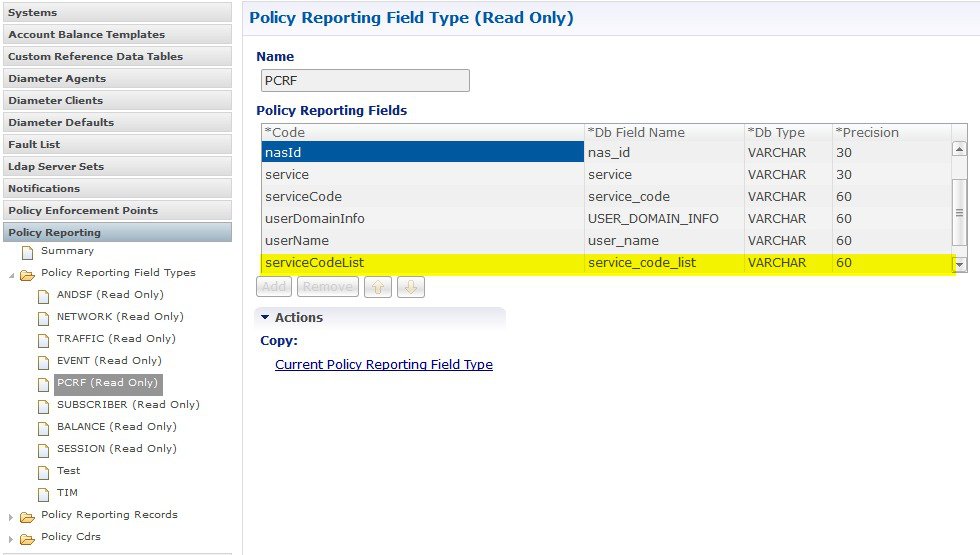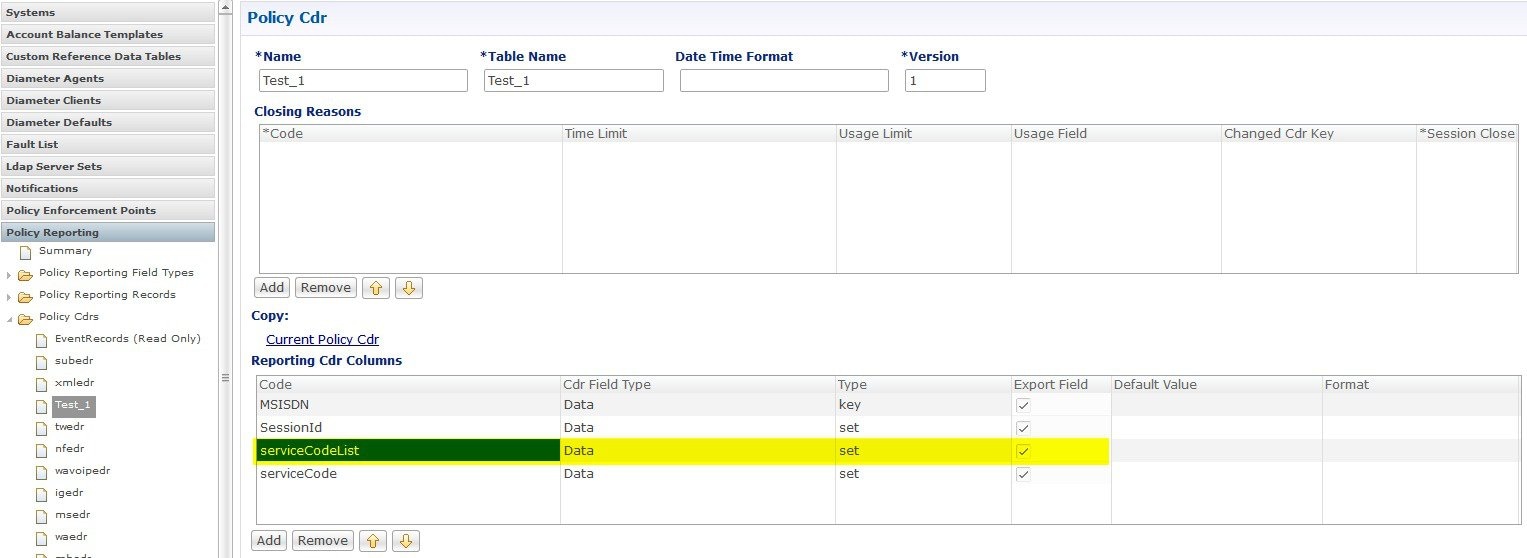Additional Dynamic Provisioning Parameters
Feature Summary and Revision History
|
Applicable Product(s) or Functional Area |
CPS |
|
Applicable Platform(s) |
Not Applicable |
|
Default Setting |
Not Applicable |
|
Related Changes in This Release |
Not Applicable |
|
Related Documentation |
CPS Mobile Configuration Guide |
|
Revision Details |
Release |
|---|---|
|
First introduced |
19.3.0 |
Feature Description
The LDAP schema is enhanced to extend support to the newly introduced dynamic parameters - VideoOptimization and HotspotDataSpeed. As part of this enhancement, the LDAP query is modified to include the new parameters, and the SOAP API parser is improved to parse the parameters and update the subscriber session in MongoDB.
For achieving backward compatibility, it is recommended to upgrade the receiver site (receives the broadcasted SOAP notification) before updating the sender site (receives the SOAP notification from the external source; does not contain the locally accessible subscriber information).
 Note |
The SOAP notification request contains an IMSI attribute. |








 Feedback
Feedback